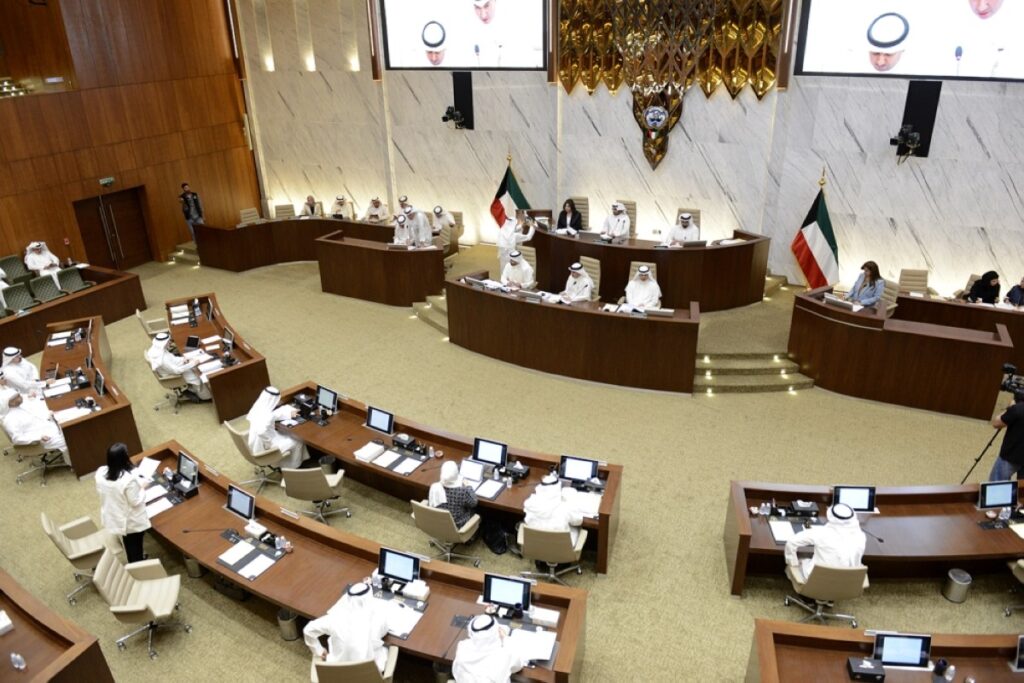KUWAIT: The Municipal Council, chaired by Abdullah Al-Mahri, approved on Monday a set of updated investment housing regulations as part of new building guidelines designed to support the country’s urban development goals. The Council explained that the revisions to the building regulations are part of a comprehensive review to align with Kuwait’s modern planning aspirations. Among the key approvals was Table No. (2), which outlines updated requirements and specifications for investment housing buildings within and outside Kuwait City.

Chairman of the Municipal Council Abdullah Al-Mahri
The move aims to boost the economic and functional value of such developments. New provisions include a sixfold increase in compensation for commercial stores and a 50 percent rise in the building-to-land ratio for residential care properties. The amendments also allow greater use of basements and floors to accommodate service facilities and enhance accessibility for people with disabilities.
The Council also prohibited the merging of certain commercial activities within a single building to ensure proper zoning and functionality. New categories, such as societies, libraries, and playgrounds, were added to the list of permissible investment activities. Additionally, the (studio) apartment classification was formally included under investment housing. Furthermore, the Council approved expanding the list of commercial activities permitted on the first and second floors of investment buildings from 16 to 22, providing developers with greater flexibility.
In other decisions, the Council endorsed a request by the Public Authority for Youth to allocate land and revise elements of the Kuwait Technical Complex for Entrepreneurship in Mubarak Al-Abdullah Al-Jaber area. It also approved a special proposal to regulate parking lots in investment housing areas and agreed to designate emergency lanes along main roads for use as rapid-response corridors. Additionally, the Council accepted a donation from Kuwait International Bank for the beautification and development of Abdul Razzaq Gate, as part of efforts to enhance the city’s aesthetic appeal.— KUNA

